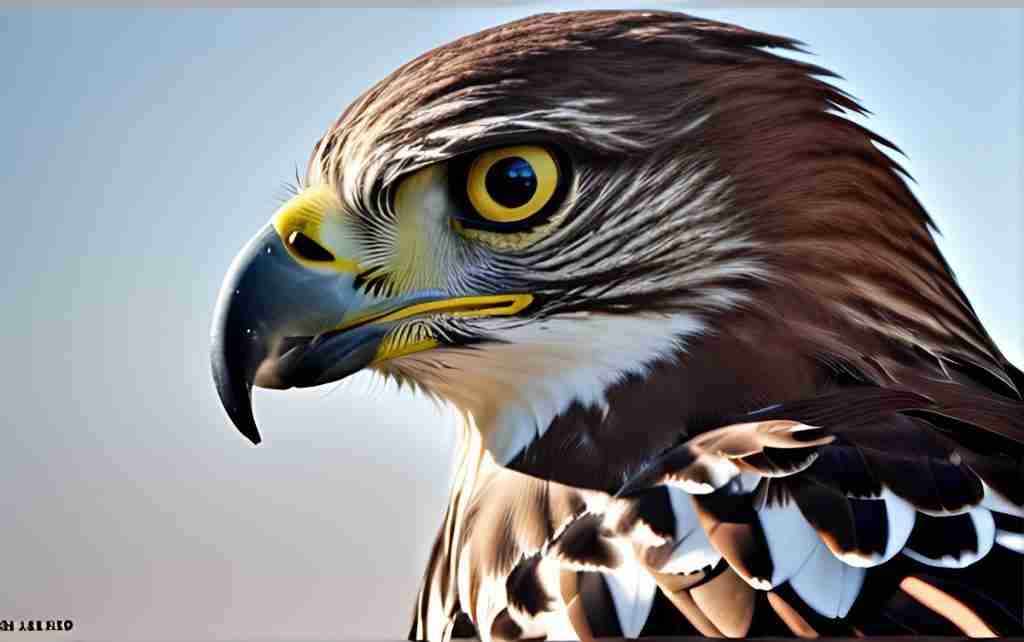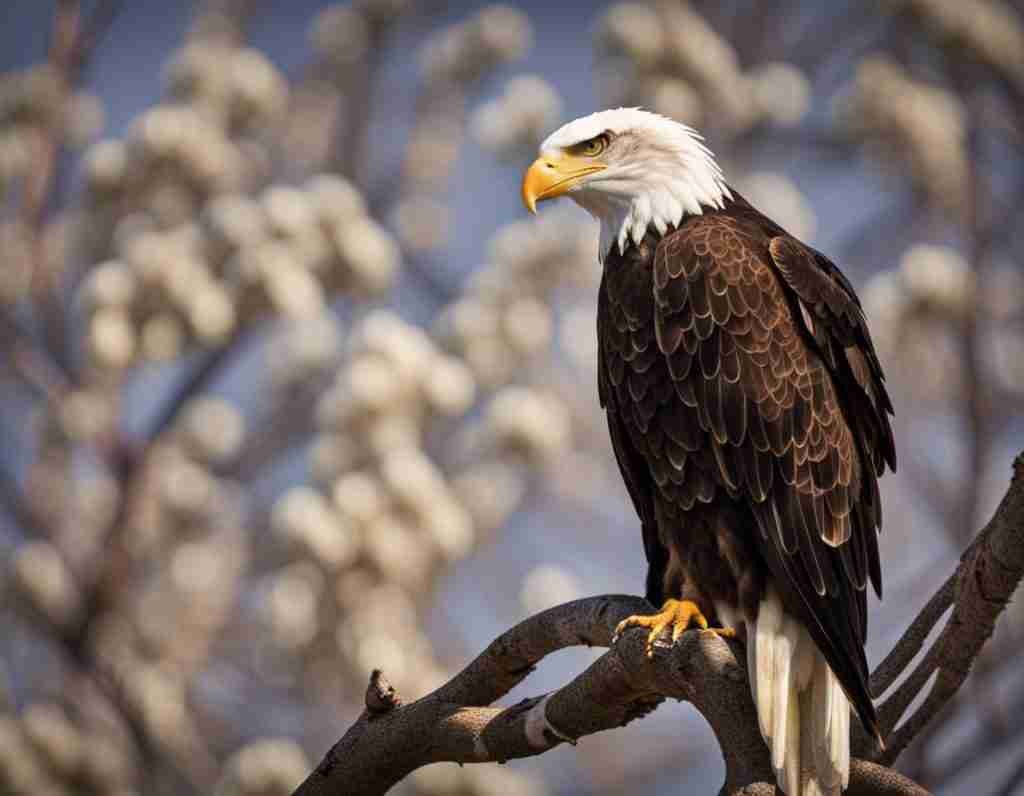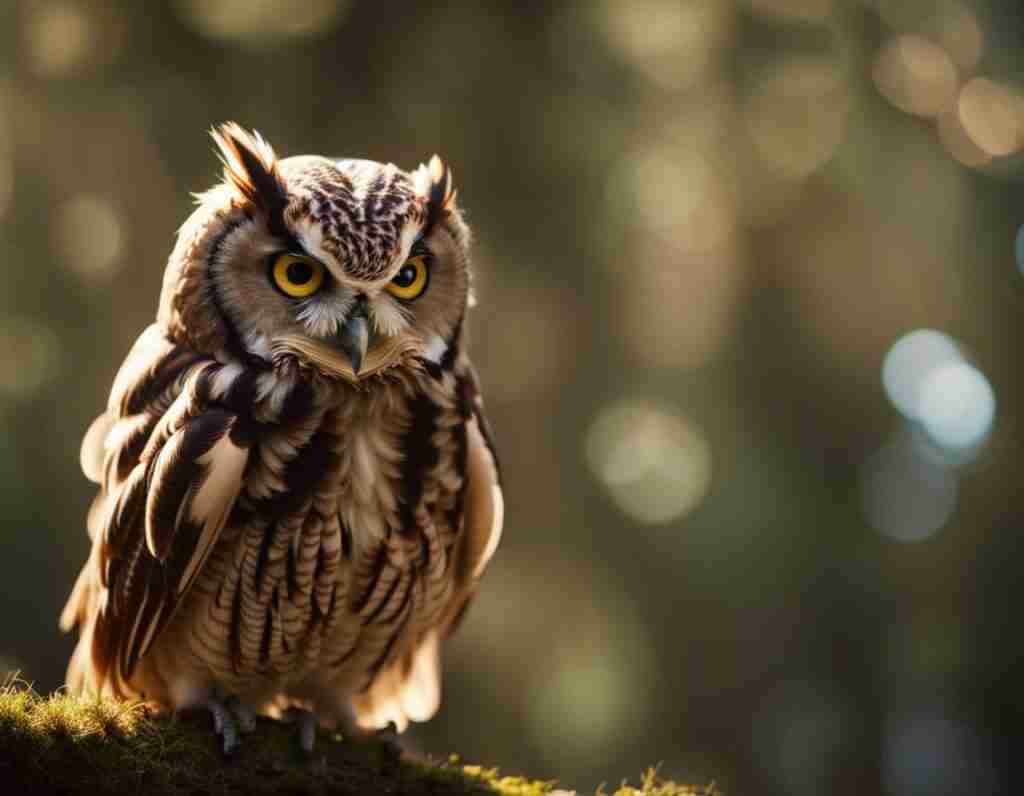In this step-by-step guide, you’ll learn how to choose the best location for placing a hawk decoy to effectively deter birds. Whether you’re dealing with pesky birds in your garden, on your rooftop, or near your crops, using a hawk decoy can help keep them away. By following these simple steps, you’ll be able to strategically place the decoy in a location that maximizes its effectiveness as a bird deterrent. Say goodbye to those unwanted feathered visitors!
Top-Selling Bird Protection Solution



Learn How This Ingenious Fake Owl Deters Birds With Its Swiveling Head
Research Different Hawk Decoy Types
To begin, explore the market for various types of hawk decoys. You can find realistic plastic models or inflatable decoys, each with their own unique features and advantages. For example, a realistic plastic model may include lifelike details such as a painted finish and movable wings, while an inflatable decoy offers the convenience of easy storage and transportation. Understanding these options will help you make an informed decision based on your specific needs.


Identify Problem Areas
To determine the specific areas where you want to deter birds, follow these steps:
- Assess your garden, crops, or any other outdoor space where birds are causing damage or posing a threat.
- Look for signs of bird activity such as droppings, feathers, or damaged plants.
- Identify the specific areas within these spaces where birds are most problematic.
- Make a list of these problem areas and prioritize them based on the level of damage or threat they pose.
By following these steps, you will be able to pinpoint the exact areas where bird deterrent measures should be implemented, allowing you to effectively address the problem and protect your outdoor space.
Analyze Bird Behavior
To effectively analyze bird behavior, start by studying the birds you wish to deter. Observe whether they are primarily ground-dwelling or perching birds. This crucial information will help you determine the most suitable location for placing the hawk decoy. By understanding the behavior patterns of the birds, you can strategically position the decoy to create a sense of threat and deter them from entering the area you want to protect.
Consider Surroundings and Sightlines
Evaluate the surroundings of the problem areas and identify the best sightlines for the decoy. Examine the area and determine the spots where the decoy will be clearly visible to birds and provide optimal deterrence. Look for unobstructed views and consider the height at which the decoy should be placed for maximum effect.
Experiment with Placement
To start experimenting with placement, place the hawk decoy in various locations within the problem area. Observe the behavior of the birds and take note of which placements appear to be most effective. For example, you could try placing the decoy on a tree branch, on a fence post, or on top of a garden stake. Keep experimenting to find the ideal spot that deters the birds effectively.
Monitor Bird Reactions
To continuously monitor bird reactions to the hawk decoy, observe their behavior and patterns closely. Take note of any changes you observe. If you notice any shifts in their behavior or patterns, adjust the placement of the decoy accordingly. This will ensure that the decoy effectively deters birds and protects your property.
Consider Height and Movement
To decide on the placement of your decoy, consider whether it should be at ground level or at an elevated height. Assess the surroundings and the target species’ natural behavior to determine the most effective position. Additionally, think about incorporating movement mechanisms, like a rotating head or fluttering wings, to enhance the decoy’s effectiveness. These actions will make the decoy appear more realistic and attract the attention of your desired target.
Maintain and Relocate
Regularly inspect and clean the hawk decoy to ensure its effectiveness. Check for any damage or wear and tear, and clean off any dirt or debris that may have accumulated on its surface. If you notice a shift or increase in bird activity in a specific area, consider relocating the decoy to target the new problem area. Place it in a prominent position where it can be easily seen by birds, and make sure it is securely anchored to prevent it from being blown away by strong winds.
Evaluate Long-Term Results
To assess the long-term impact of the hawk decoy placement, observe any changes in bird behavior, damage reduction, or overall success. Spend some time observing the birds in the area and take note of their reaction to the decoy. If you notice a decrease in bird activity or damage to crops, it indicates that the decoy is effective. However, if the birds become used to the decoy and their behavior returns to normal, it may be necessary to adjust your strategy. For example, you could try moving the decoy to a different location or using additional decoys to maintain its effectiveness.
Final Tips for Effective Bird Deterrence
In conclusion, choosing the best location for placing a hawk decoy for optimal bird deterrent requires careful research, experimentation, and continuous monitoring. Throughout this guide, we’ve discussed the importance of understanding bird behavior, considering sightlines and natural perching spots, and adapting to changing patterns. Remember, finding the right spot may take some trial and error, but with patience and persistence, you can effectively deter birds from your desired area. Keep researching, keep experimenting, and keep monitoring to ensure the best results. Happy bird deterrent planning!
Essential Equipment


Effective Placement Strategies
Guide to Using the Hawk Decoy Effectively
- Find the right location: Place the hawk decoy in an area where birds tend to gather or where you want to deter them from. This could be near gardens, crops, or outdoor seating areas
- Position the decoy correctly: Ensure that the hawk decoy is placed at eye level for birds. This will make it more visible and realistic. You can use a stake or mount it on a pole for easy positioning
- Move the decoy occasionally: Birds can become accustomed to stationary objects. To maximize its effectiveness, move the decoy every few days to give the impression of an active predator. This will keep the birds on their toes and discourage them from returning
- Clean and maintain the decoy: Over time, the hawk decoy may accumulate dirt, dust, or debris, which can make it less effective. Regularly clean the decoy to maintain its realistic appearance. Avoid using harsh chemicals that could damage the decoy’s paint or texture
- Combine with other deterrents if needed: While hawk decoys can be effective, some bird species may become habituated to them. To enhance the deterrent effect, consider combining the decoy with other bird protection measures such as reflective tape, noise devices, or netting
- Remember, using a hawk decoy is just one method to deter birds. It’s important to adopt a holistic approach to bird protection that includes various strategies based on the specific bird species you’re dealing with
Frequently Asked Questions about Hawk Decoys for Bird Protection
Yes, there are a few safety concerns associated with using a hawk decoy. While hawk decoys can be effective in deterring certain pests or birds, it’s important to be aware of potential risks.
Firstly, the sharp talons and beak of a hawk decoy can pose a safety hazard if not handled properly. Care should be taken when setting up or moving the decoy to avoid any accidental injuries.
Secondly, the presence of a hawk decoy might attract real hawks or birds of prey to your property. While this can be beneficial in some cases, it can also lead to potential conflicts or attacks between the decoy and live birds. It’s important to monitor the situation and take necessary precautions to prevent any harm to people or animals.
Lastly, if you are using a hawk decoy in an area with a high concentration of birds, there is a risk of birds becoming entangled in the decoy’s strings or wires. This can cause stress, injury, or even death to the trapped birds. Regularly inspecting and maintaining the decoy can help minimize this risk.
To ensure safety, it is recommended to follow the manufacturer’s instructions for proper setup, placement, and maintenance of the hawk decoy. Additionally, it’s always a good idea to consult with local wildlife experts or professionals for advice on using hawk decoys in your specific area.
To position a hawk decoy for maximum effectiveness, there are a few key factors to consider. First, it is important to place the decoy in a visible and open area, where it can easily be seen by other birds. This will help create a sense of threat and deter them from approaching.
Next, make sure to position the decoy at a height that mimics a real hawk. Ideally, it should be about eye level to the birds you want to deter. This will make it appear more realistic and increase its effectiveness.
Additionally, take into account the direction of the wind when placing the decoy. Birds tend to approach from downwind, so positioning the decoy with its back facing into the wind will increase its chances of being seen.
Lastly, it is important to periodically move the decoy to different locations. This will prevent other birds from becoming accustomed to its presence, enhancing its effectiveness in deterring them.
Remember, different bird species may react differently to hawk decoys, so it may require some trial and error to find the optimal placement for your specific situation.




The tip about adjusting the height of the hawk decoy based on the target bird species is really helpful. I never thought about that aspect before. Thanks for sharing!
I have tried using a hawk decoy before, but it didn’t work well. After reading this article, I realized that I placed it in the wrong location. I will give it another try using the tips provided here.
I have been struggling with birds damaging my crops, so this article is very timely for me. I appreciate the detailed explanation of how to choose the best location for the hawk decoy.
I loved the practical examples given in the article. It makes it easier to understand how to apply the information in real-life situations. Well done!
I found it interesting that placing the hawk decoy near bird feeders can actually attract more birds. I will definitely keep that in mind when setting up my decoy.
Great article! I never realized how important the location is for placing a hawk decoy. This information will definitely help me in my bird deterrent efforts. Thank you!